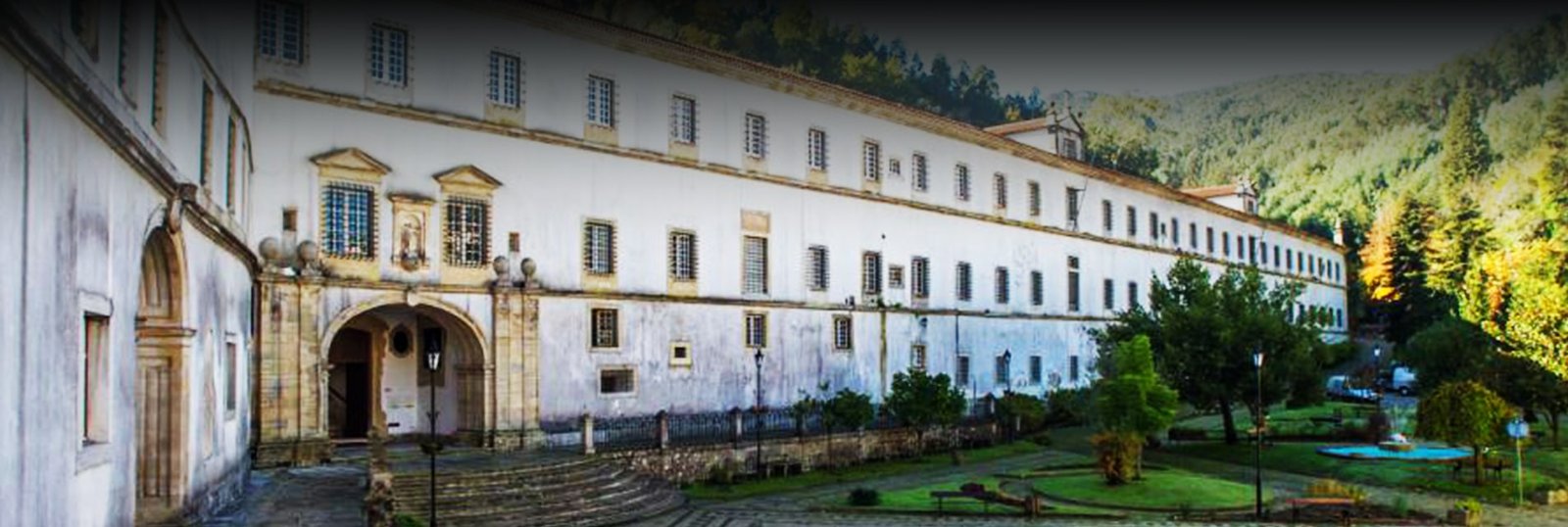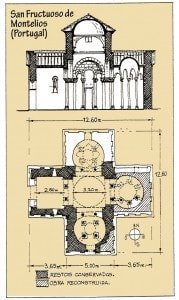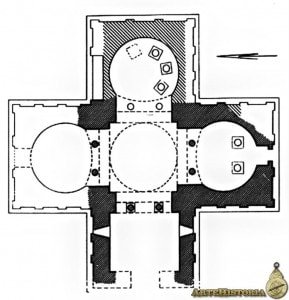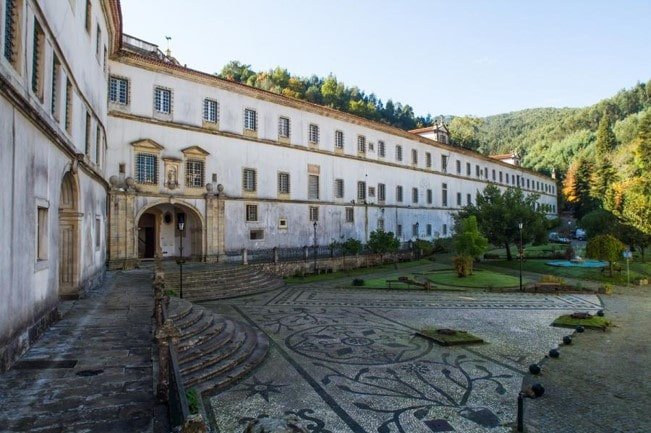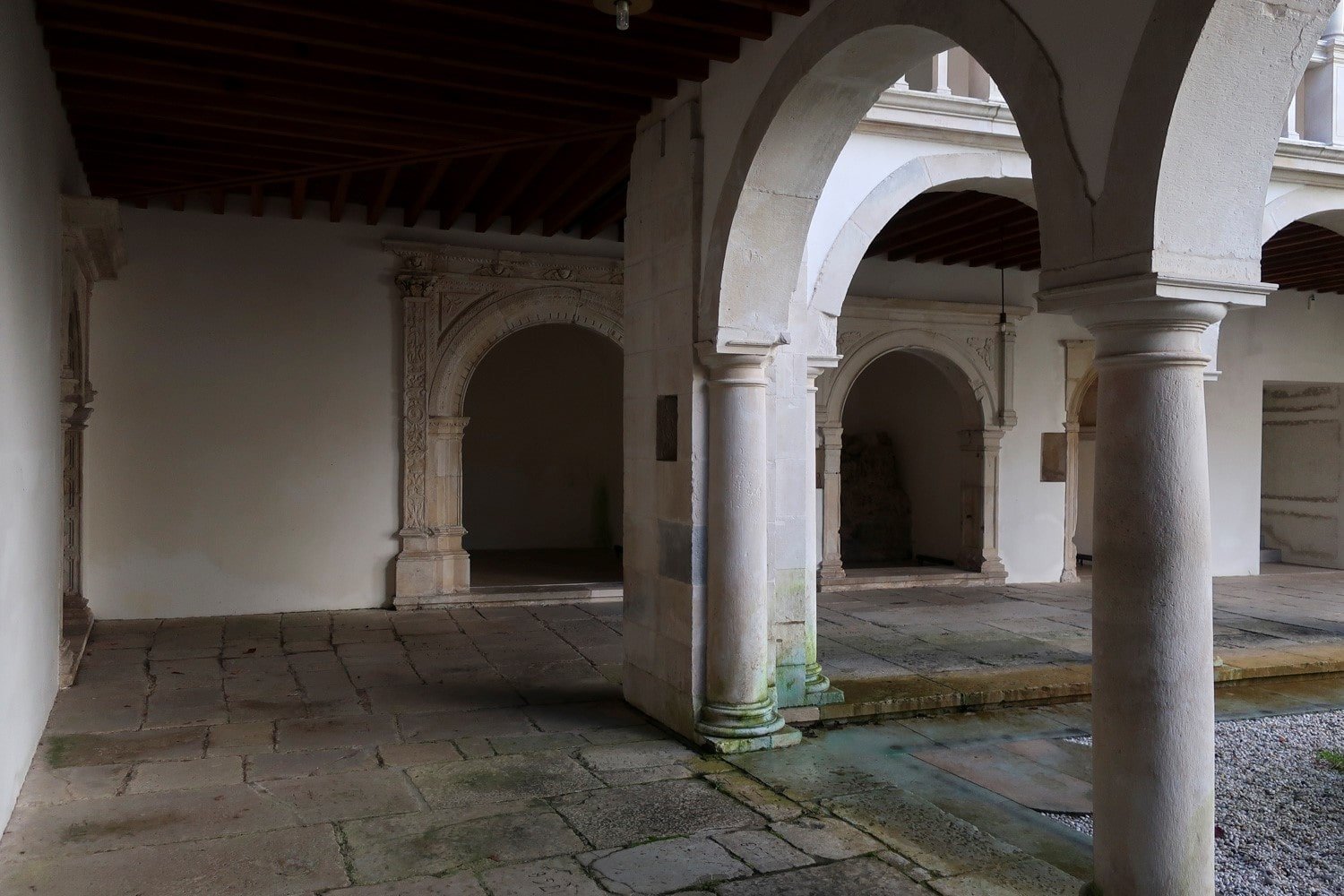Mosteiro de Santa Maria de Lorvão
per person
DESCRIPTION AND FORMAL ANALYSIS
According to the old chronicles, the foundation of a monastery in Lorvão dates back to the 6th century. However, the earliest written documents date back to the 9th century and are later than the Christian Reconquest. At that time, the locale was entrusted to the monks of Cluny, responsible for the agrarian development of the surrounding region and the monastery was dedicated to the martyrs of Saint Mamede and Saint Pelágio.
The prosperity of the monastery was curtailed by the Muslim invasion in the 10th century and later revived by the influence of Count D. Henrique, who donated it to the bishop of Coimbra. Later, D. Teresa, daughter of the second king of Portugal, entrusted it to the Order of Cister, which established a female monastic community there, invoking Santa Maria.
The complex that is there today, in a valley surrounded by beautiful vegetation, comes mainly from the 17th and 18th centuries. The church, built between 1748 and 1761, is the work of Mateus Vicente de Oliveira, and its Baroque architecture resumes the visual language already used in Mafra. The main chapel is dominated by an imposing altarpiece surmounted by the cross of Christ and on its side walls are silver urns, relics of the Blessed Teresa and Sancha, daughters of D. Sancho I, whom the people call Saintly Queens. They are venerated over the penultimate weekend of October.
VIRGILIO LOPES
- Mosteiro de Santa Maria de Lorvão (Penacova) © PHOT. https://www.rotasturisticas.com/monasterio_de_lorvao_coimbra_12276_es.html
- INTERIOR DEL CLAUSTRO © PHOT. Manuelvbotelho, CC BY-SA 4.0, https://es.wikipedia.org/wiki/Monasterio_de_Lorvão#/media/Archivo:0_Mosteiro_de_Lorvão_IMG_0668.jpg
- INTERIOR DE LA IGLESIA © PHOT. https://es.wikipedia.org/wiki/Monasterio_de_Lorvão
Tour Location
Mosteiro de Santa Maria de Lorvão
| Outros monumentos e locais a visitar | Coimbra, Viseu, Penacova |
| Herança natural | |
| Recreações Históricas | |
| Festival de Interesse Turísticot | |
| Feiras | |
| Guias Especializados | Yes |
| Guias Especializados | |
| Visitas Guiadas | Yes |
| Acomodações | Penacova |
| Restaurantes | Penacova |
| Arte | |
| Bibliografia | |
| Vídeos | Youtube guiadacidade.pt |
| Local na rede Internet |
| Monumento ou local a visitar | Mosteiro de Santa Maria de Lorvão |
| Estilo | Diversos |
| Tipo | Arquitectura monástica |
| Época | SS. VI-XVIII |
| Estado de Conservação | Good |
| Grau de proteção legal | Monumento Nacional en 1910 |
| Endereço para correspondência | postodeturismo@cm-penacova.pt |
| Coordenadas | 40°15′34″N 8°19′04″O |
| Propriedade, dependência | Câmara Municipal de Penalva |
| Possibilidade de visitas do público em geral ou apenas de especialistas | General public |
| Necessidades de conservação | |
| Horários e condições de visita | Horário de Verão: 09h00 | 12h00 – 14h00 | 18h30. Horário de Inverno: 09h00 | 12h00 – 14h00 | 17h30. Encerra: seg, 1 jan, dom Páscoa e 25 dez . Nota: não se realizam visitas no decorrer de cerimónias religiosas. |
| Valor do ingresso | |
| Trabalho de pesquisa em andamento | |
| Acessibilidade | |
| Sinalização se está inscrito na rota | |
| Bibliografia | FERNANDES, PAULO ALMEIDA, «Eclectismo. Classi cismo. Regionalismo. Os caminhos da arte cristã no Ocidente peninsular entre Afonso III e al-Mansur», Muçulmanos e Cristãos entre o Tejo e o Douro (séculos VIII a XIII), coord. Mário Barroca e Isabel Cristina Fernandes, Palmela, Câmara Municipal de Palmela e Faculdade de Letras da Universidade do Porto, 2005, 293-310. REAL, MANUEL LUÍS, «Portugal: cultura visigoda e cultura moçárabe», Visigodos y Omeyas. Un de- bate entre la Antigüedad tardía y la alta Edad Media (Mérida, Abril de 1999), Anejos de Archivo Español de Arqueología, vol. XXIII, Madrid, CSIC, 2000, 21-75. REAL, MANUEL LUÍS, «A escultura decorativa em Portugal: o grupo “portucalense”», La escultura decorativa tardorromana y altomedieval en la Península Ibérica, Mérida, CSIC, 2007, 133-170. |
| Vídeos | Youtube |
| Sites de informação | |
| Localização | Lorvão |


